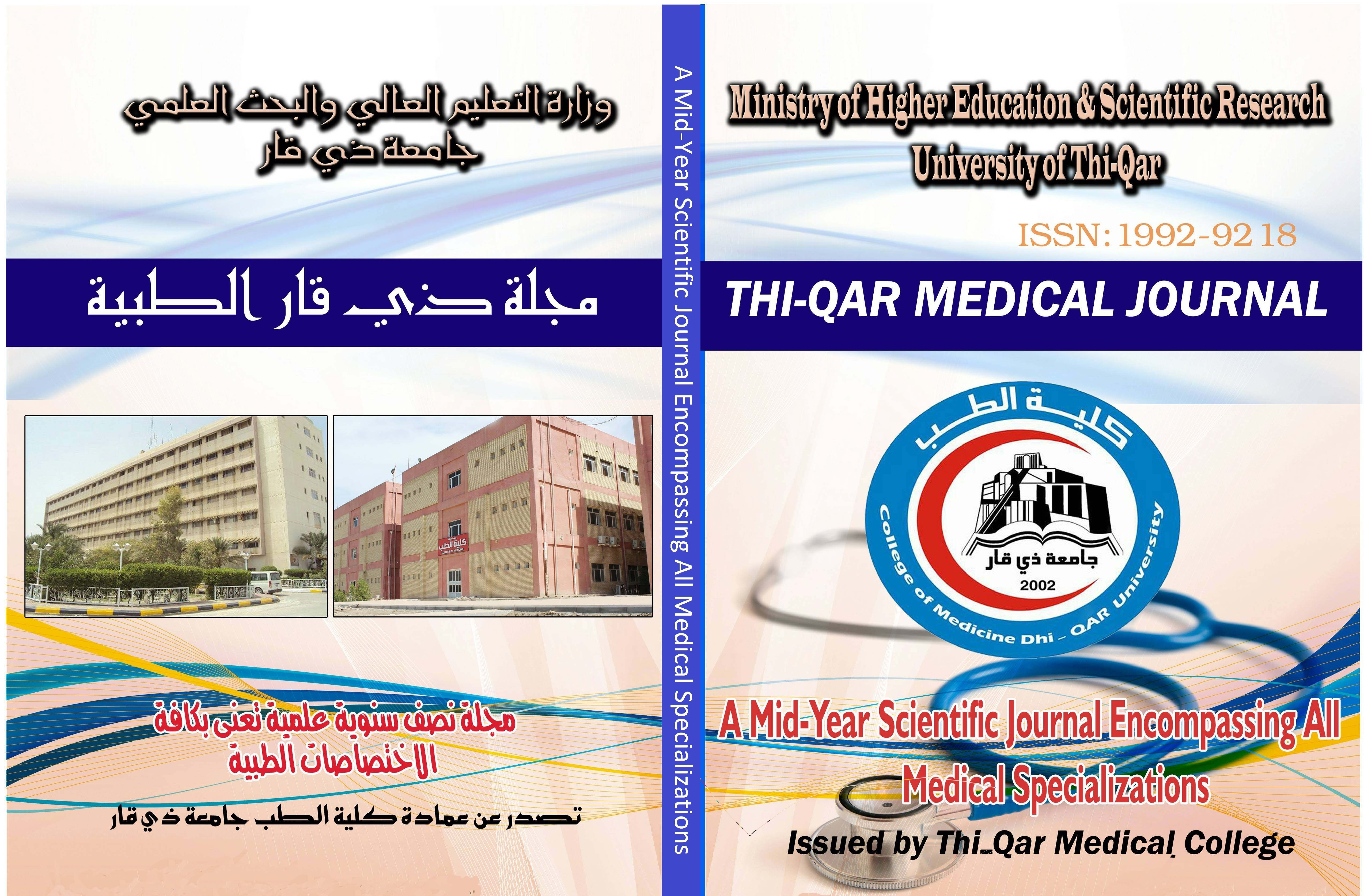Abstract
To detect the variants represents three mutations in Glucose-6-phosphate dehydrogenase
(G6PD) gene of hemolytic anemic patients in Sulaimani governorate, tests revealed normal
PCV, Hb, and G6PD activity ranges in the 10 subjects control sample, while patient's PCV
ranged 10-44%, Hb 3.2-13.8 g/dl, and G6PD activity 0.35-8.7 Iu/gHb (2.9-74.3%). According
to the G6PD activity, the severity of the anemia among the 40 patients was distributed as
6(15%) mild 25(62.5) moderate and 9(22.5) severe with no healthy. The Mediterranean variant
among patients, as detected by PCR amplification of 545bp exons 6 & 7 and digestion by
MboII endonuclease, prevalent 33(82.5%), The Chatham variant, as detected by amplification
of 253bp exon 9 and digestion by BstXI, prevalent 2(5%), and Cosenza variant, as detected by
amplification of 665bp exons 11-13 and digestion by Bsu36I (Eco81I) endonuclease, prevalent
4(10%), while 4(10%) did not revealed any of the three variants regarding that 3(7.5%) of the
patients showed both Mediterranean and Cosenza. Out of 7 Mediterranean variant's females, 1
was homozygous. The 10 control subjects did not reveal any of the three variants.
(G6PD) gene of hemolytic anemic patients in Sulaimani governorate, tests revealed normal
PCV, Hb, and G6PD activity ranges in the 10 subjects control sample, while patient's PCV
ranged 10-44%, Hb 3.2-13.8 g/dl, and G6PD activity 0.35-8.7 Iu/gHb (2.9-74.3%). According
to the G6PD activity, the severity of the anemia among the 40 patients was distributed as
6(15%) mild 25(62.5) moderate and 9(22.5) severe with no healthy. The Mediterranean variant
among patients, as detected by PCR amplification of 545bp exons 6 & 7 and digestion by
MboII endonuclease, prevalent 33(82.5%), The Chatham variant, as detected by amplification
of 253bp exon 9 and digestion by BstXI, prevalent 2(5%), and Cosenza variant, as detected by
amplification of 665bp exons 11-13 and digestion by Bsu36I (Eco81I) endonuclease, prevalent
4(10%), while 4(10%) did not revealed any of the three variants regarding that 3(7.5%) of the
patients showed both Mediterranean and Cosenza. Out of 7 Mediterranean variant's females, 1
was homozygous. The 10 control subjects did not reveal any of the three variants.
Keywords
G6PD
homozygous
Mediterranean
PCR amplification
variants
